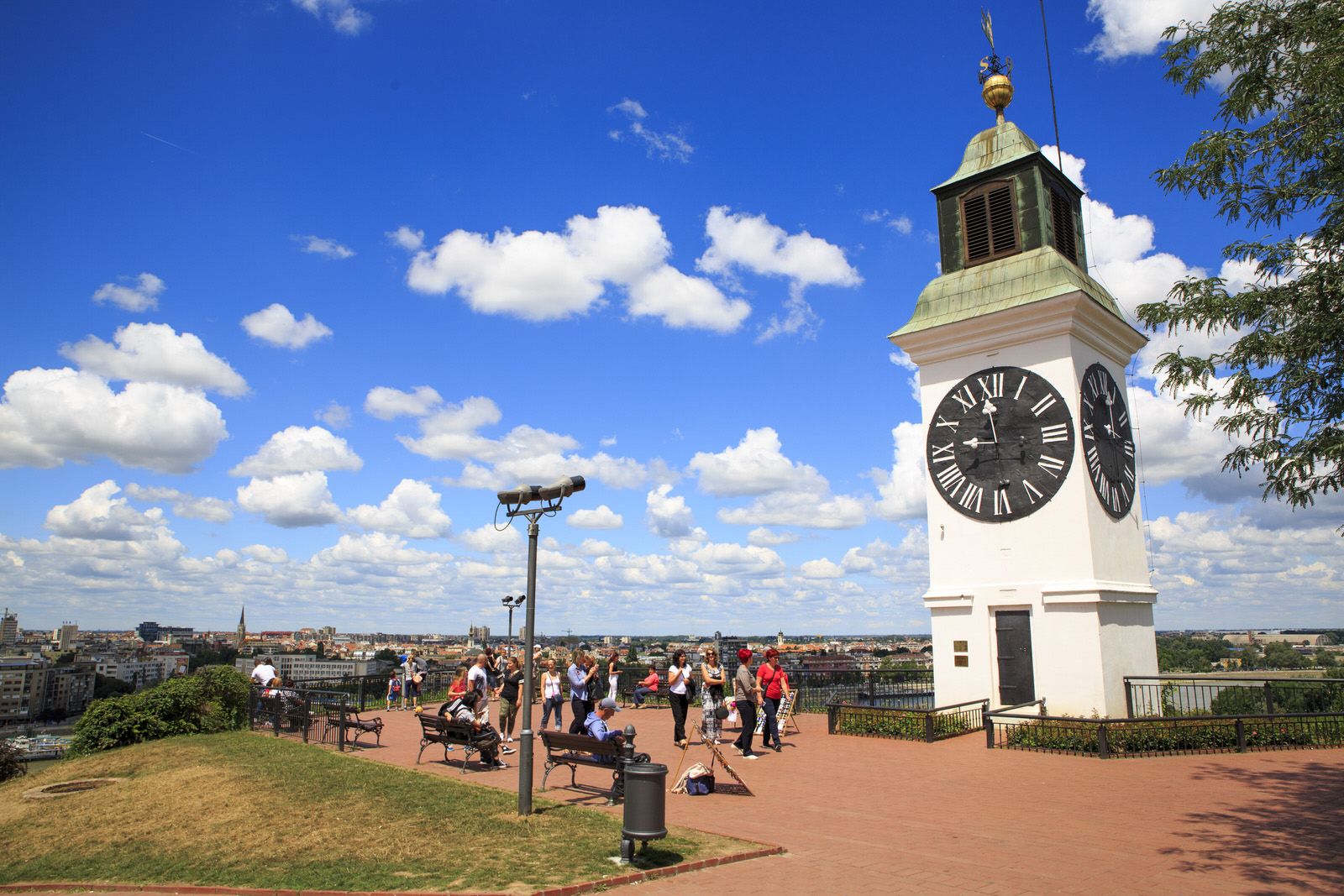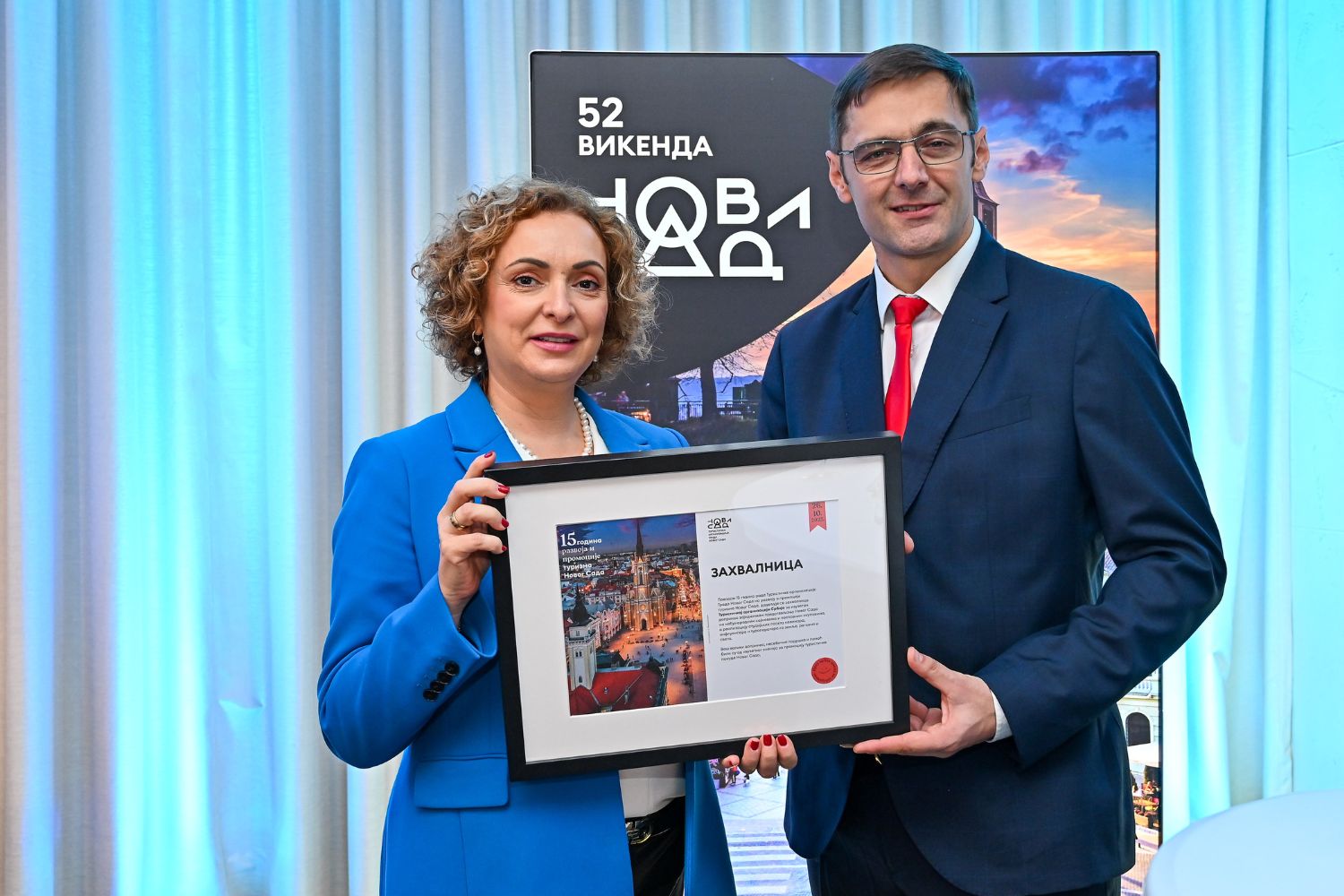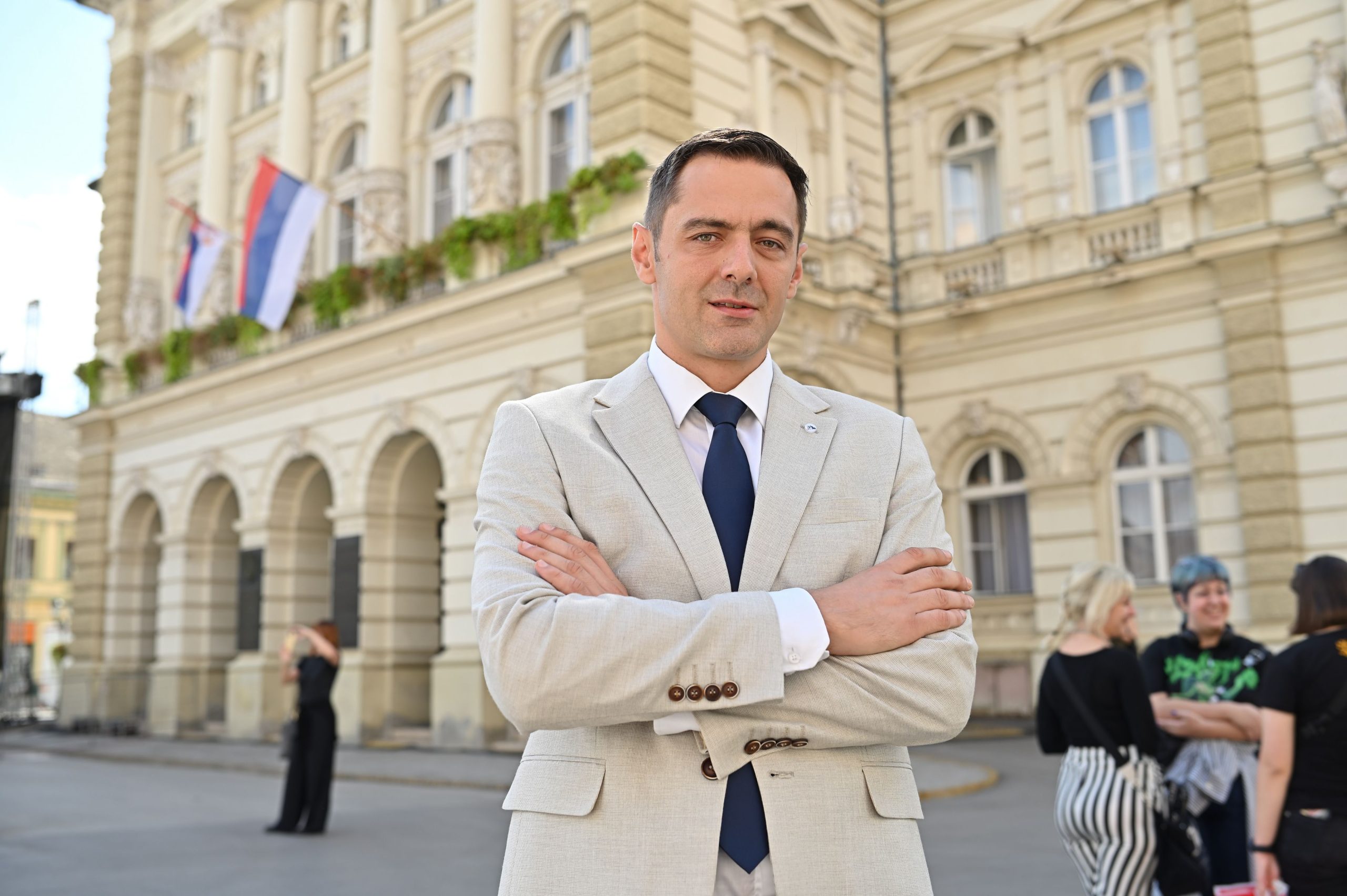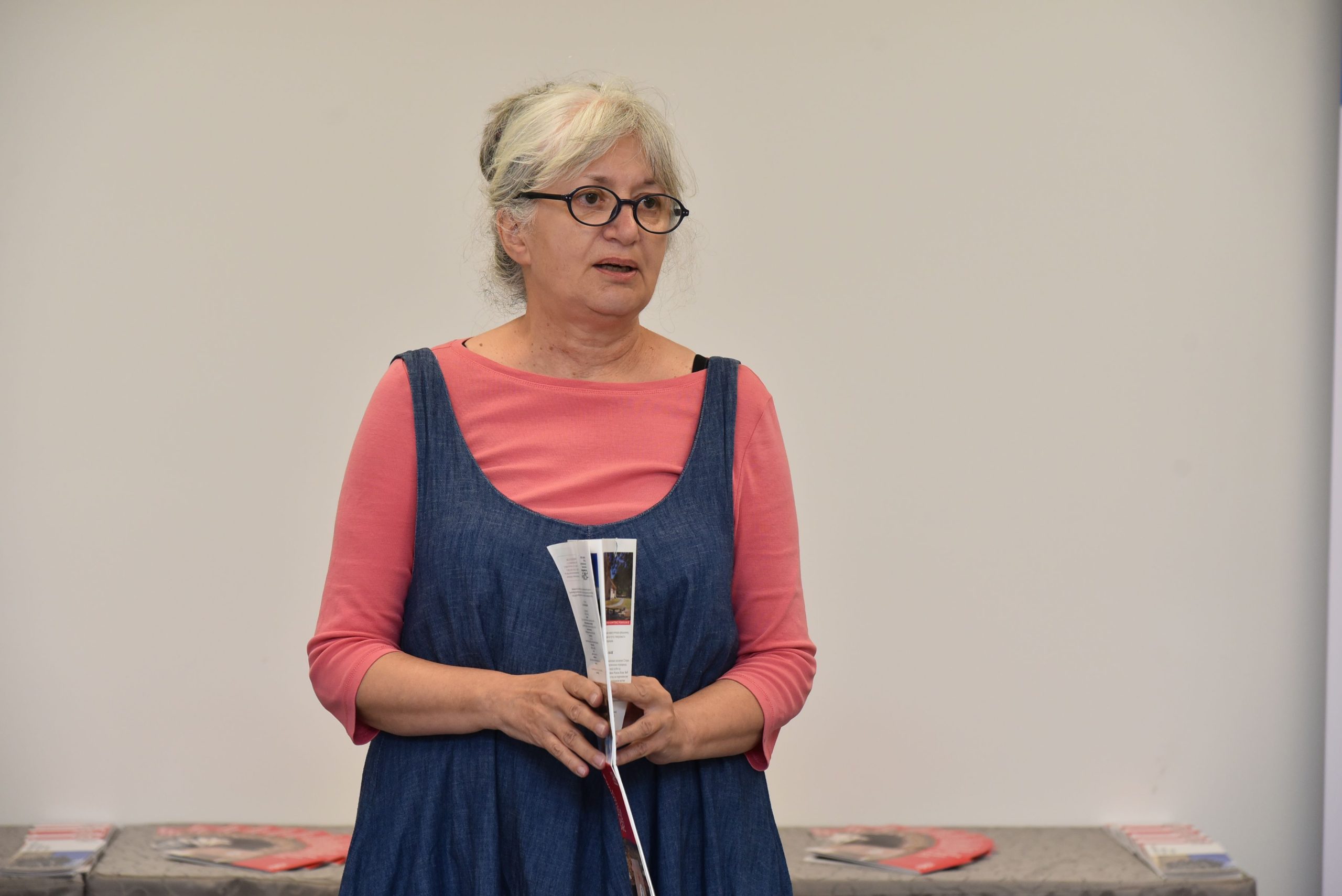When you hear Novi Sad in Serbia, your first association of it might be Petrovaradin fortress. And most likely you would associate it with EXIT festival, the best major European music gig that attracts to the venue some 250,000 people over four days. Whoever visits the city is impressed by the site where the festival takes place, both by the view of it or the view from it – it is truly breathtaking! But what else is it known for apart from the festival, and what is its significance in both present and past?
Today, Petrovaradin together with the fortress make a very important part of Novi Sad. After its demilitarisation in the middle of the 20th century, the fort was proclaimed a historical monument and placed under state protection. It now accommodates the City Museum and Archives, hotel and several restaurants, artistic ateliers and galleries, Academy of Arts, Planetarium, all of which you can visit every day. It also keeps some secrets. This fortification holds a whole world below itself and is ready to narrate the most interesting military and historical story. Today, after several centuries, you can become part of it in the company of a guide that will take you to the labyrinth of the long underground corridors and learn a lot about the construction, significance, events, legends and people that are related to its existence.
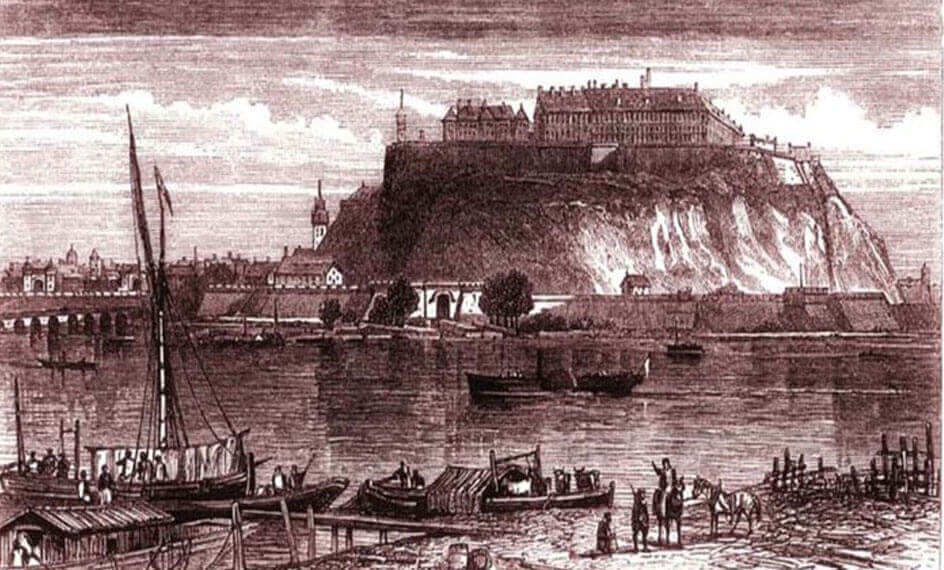
So what is the story about Petrovaradin in the past? Here is the potted history.
In the 4th century BC, Petrovaradin was inhabited by the Celts who used soil and mud to make the first fortress at the location of today’s Petrovaradin. In the 1st century BC, they were succeeded by the Romans who built Cusum, an important strategic site that was part of the province of Pannonia. Then came the period of instability and migrations, which resulted in many different groups inhabiting the area, such as the Huns, Ostrogoths, Gepids, Langobards, Avars, Franks and Bulgarians. During the Middle Ages, Petrovaradin became a battlefield for dominance between Byzantium and Hungarians, and at the end of the twelfth century, it became a part of medieval Hungary.
However, the largest threat to people living in Petrovaradin at that time were the Ottoman Turks. After the conquest of Belgrade they progressed further to Hungary and Vienna, eventually conquering Petrovaradin in 1526 which marked the beginning of the epoch of their domination over the region that lasted for 161 years. At the end of the 17th century, Petrovaradin became free from the Ottomans and became part of the Habsburg Monarchy, now becoming the southern border with the Ottoman Empire.
This is why there was a need to fortify Petrovaradin as a strategically important point in the defence of the Habsburg Monarchy. The new, more powerful fortress was designed according to the latest achievements of the fortification engineering of that time. The stone foundation was laid down in 1692 and the construction lasted until 1780. This huge fortification was built in three levels, the basis of which consisted of Upper Fortress (at the site of the medieval fortress), Lower Fortress and two-horned bastion (Hornwerk). Following World War I, Petrovaradin became part of the Kingdom of Serbs, Croats and Slovenes, later Yugoslavia, and today Serbia.
Petrovaradin fortress today serves as a significant historical site and a legacy of both past and present that the locals are most proud of. When you visit Novi Sad, make sure to spare a day and pay it a visit. The Suburbium has been revamped and will shine in its glory and brightness of pastel colours, readily welcoming 2021 when Novi Sad will be crowned with the title of the European Capital of Culture!
Useful links:

